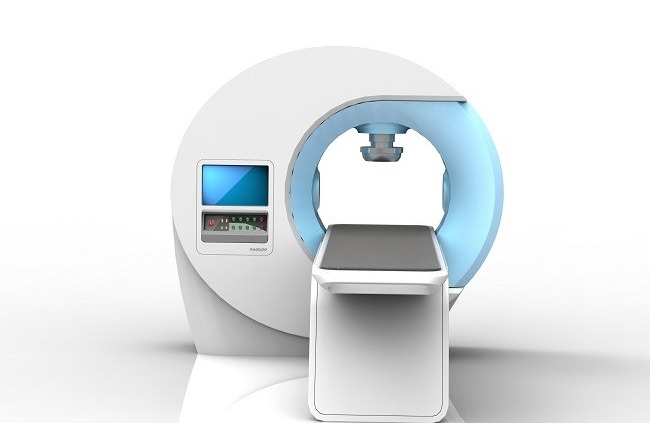Basic knowledge of medical devices
The concept of medical devices:
Refers to the instruments, equipment, appliances, materials or other items used alone or in combination on the human body, including the required software. Its effect on the human body surface and in vivo is not obtained by pharmacological, immunological or metabolic means, but these means may be involved and play a certain auxiliary role; its use is intended to achieve the following intended purposes:
(1) Prevention, diagnosis, treatment, monitoring and remission of diseases.
(2) Diagnosis, treatment, monitoring, mitigation and compensation for injury or disability.
(3) The study, substitution and adjustment of anatomical or physiological processes.
(4) Pregnancy control
The difference between a drug and a medical device can generally be defined by the product’s intended purpose and main intended effect and method. In particular, the expected function and method of the product are important, and this information can be analyzed from the product labels provided by the manufacturer, the contents recorded in the instructions, and the mechanism of action of the product.
Basic quality characteristics of medical devices:
1. Security
(1) Power-driven medical equipment: The safety of this type of equipment is mainly electrical safety, including protection against electric shock hazards and mechanical hazards, etc., which are stipulated by special safety standards for medical electrical equipment.
(2) Medical devices without power supply: the main consideration is the safety requirements of bacterial infection and biocompatibility. Of course, some medical electrical equipment also has issues of sterility and biocompatibility in the human body, and such safety needs to be considered.
2. Effectiveness.
The core is: whether it can really achieve the purpose of effective diagnosis, treatment and disease prevention shown in the instruction manual.



